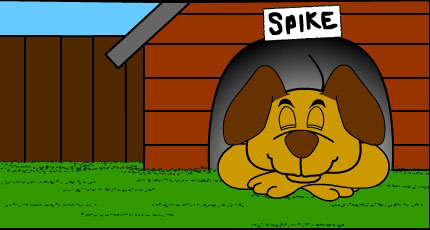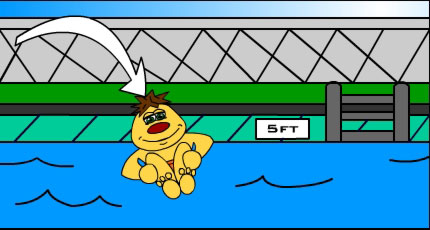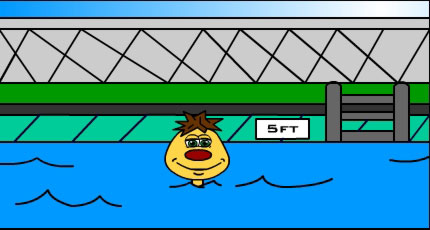Prepositions of Direction—Into

Welcome to the Purdue OWL
This page is brought to you by the OWL at Purdue University. When printing this page, you must include the entire legal notice.
Copyright ©1995-2018 by The Writing Lab & The OWL at Purdue and Purdue University. All rights reserved. This material may not be published, reproduced, broadcast, rewritten, or redistributed without permission. Use of this site constitutes acceptance of our terms and conditions of fair use.
Prepositions of Direction—Into
Uses of "Into"
With verbs of motion, "into" and "in" are interchangeable except when the preposition is the last word or occurs directly before an adverbial of time, manner, or frequency.
In this case only in (or inside) can be used.

Here are some more examples:
- The patient went into the doctor's office. The patient went in. (not into)
- Our new neighbors moved into the house next door yesterday. ('to take up residence in a new home')
- Our new neighbors moved in yesterday.
In "Our new neighbors move in yesterday", the last word is the time adverbial yesterday, so the object of the preposition in can be omitted. Of course, in an information question, "into" also can be last word except for an adverbial when its object is questioned by a wh- word:
- Now what kind of trouble has she gotten herself into?
- Now what sort of trouble is she in?
Verbs expressing stationary position take only "on" or "in" with the ordinary meanings of those prepositions.
If a verb allows the object of the preposition to be omitted, the construction may have an idiomatic meaning.
- The cat sat on the mat.
- The doctor is in his office.
- The doctor is in. ('available for consultation')
- In(to) has two special uses with move.
When "move in" is followed by a purpose clause, it has the sense of "approach".
The lion moved in for the kill.
- The police moved in to rescue the hostages inside the building.
In "The lion moved in for the kill." and "The Police moved in to rescue the hostages inside the building" "in" is part of the verb, so "into" cannot be used; We cannot say: "The lion moved into for the kill."
When "into" is used with move, it functions as an ordinary preposition to convey the idea of moving something from one place to another.
- We'll move your brother's old bed into your room.



